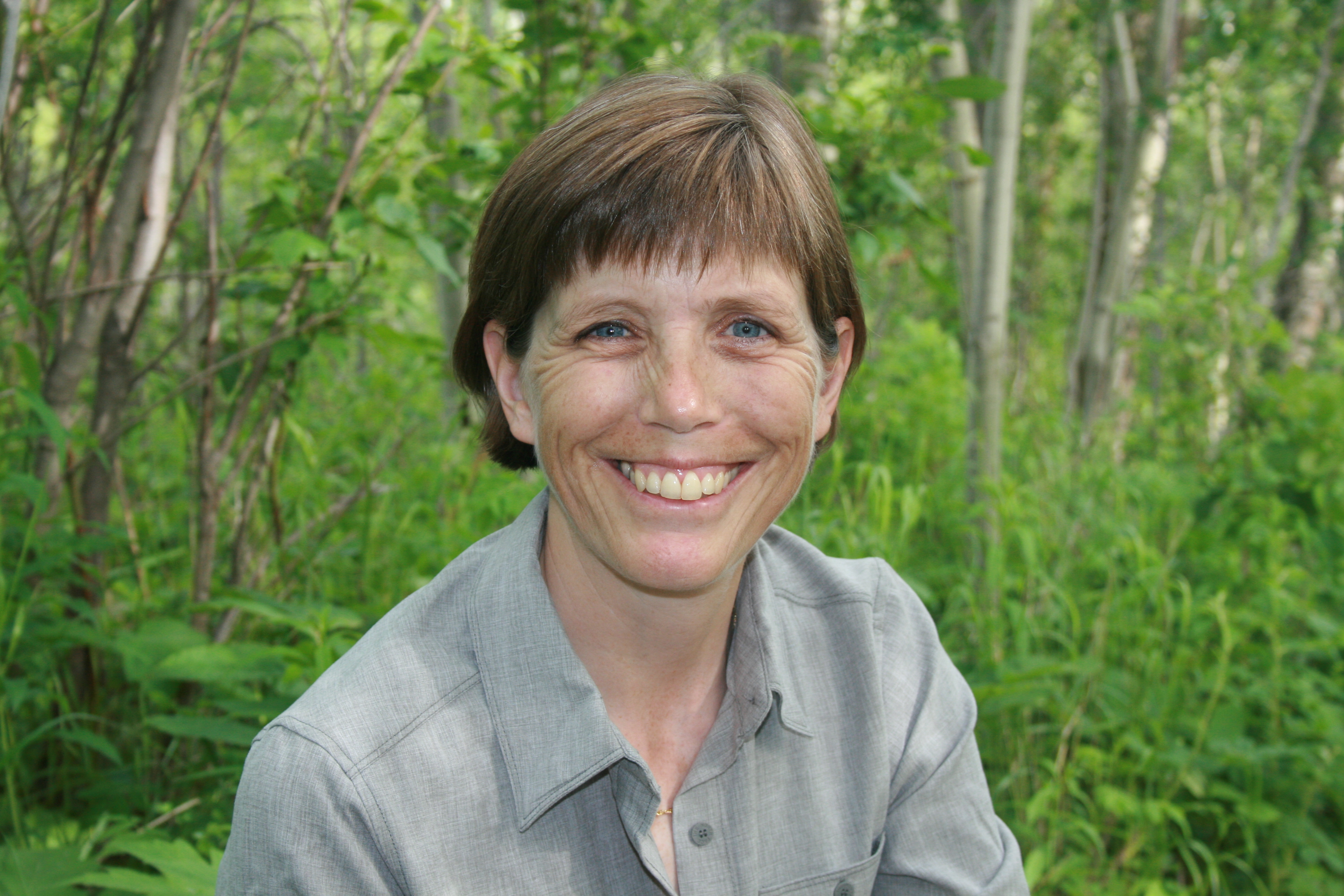Say what you want about my idiosyncratic reporting, but this has sure been ONE HELLUVA WEEK for beavers. This morning a retied librarian beaver friend sent this my way with best wishes. It was published online exactly two days ago.
Ecological engineering and aquatic connectivity: a new perspective from beaver-modified wetlandsGLYNNIS A. HOOD AND DAVID G. LARSON
SUMMARY 1. Habitat fragmentation and wetland loss due to anthropogenic causes are usually attributed to physical modifications of the environment; however, the loss of key species can compound these impacts and further reduce the connectivity of aquatic ecosystems. 2. Ecosystem engineers can play a critical role in modifying aquatic systems by altering the bed of ponds and streams, increasing water coverage and influencing biogeochemical processes within and adjacent to freshwater habitats. However, there is a paucity of research on how these organisms enhance connectivity among aquatic habitats, especially in otherwise isolated wetland systems. 3. In this study, we collected field data at natural and agriculturally impacted sites to quantify physical alterations to otherwise isolated, morainal wetlands modified by beavers, and to determine how these modifications might enhance connectivity. For finer-scale analysis, we collected and modelled bathymetric data for 16 wetlands, eight of which were occupied by beavers and eight abandoned by beavers. 4. We demonstrated that beavers actively increase the volume-to-surface area ratio of wetlands by almost 50% and that their digging of foraging channels increases average wetland perimeters by over 575%. Some channels were 200–300 m long, which enhanced the interface between the riparian zone and upland forests. A coarse estimate of soil displacement due to the digging of channels by beavers exceeded 22 300 m3 within the total 13 km2 natural area. Additional measures of wetland depth, basin complexity and basin circularity revealed other dramatic differences between wetlands with beavers and those without in both natural and agricultural landscapes.5. Exclusion or removal of beavers could limit ecosystem processes and resilience, especially in areas with otherwise isolated aquatic habitats and limited connectivity. Conversely, reintroduction of such an ecosystem engineer into areas targeted for restoration could result in significant increase in habitat heterogeneity and connectivity.Keywords: beaver channels, Castor canadensis, Before we even launch into the article or the full awesomeness that is Glynnis, take a close look at this graphic showing the difference between beaver-present ponds and beaver-absent ponds. They differ in average increase of perimeter by 575%. No, seriously. Because you know Dr. Hood of the impeccable credentials and methods has had her graduate students meticulously measure and GPS it twice. Check out this quote from the discussion section.====
Before we even launch into the article or the full awesomeness that is Glynnis, take a close look at this graphic showing the difference between beaver-present ponds and beaver-absent ponds. They differ in average increase of perimeter by 575%. No, seriously. Because you know Dr. Hood of the impeccable credentials and methods has had her graduate students meticulously measure and GPS it twice. Check out this quote from the discussion section.====
 If there is a rock star of beaver research it is Glynnis Hood. She is thoughtful, observant, charismatic, research driven, and she loves beavers. If I could be twenty years old again and a graduate student in ANY campus, I would pick the University of Alberta, sit in the front row, take notes in two colors and hang upon her every word.
If there is a rock star of beaver research it is Glynnis Hood. She is thoughtful, observant, charismatic, research driven, and she loves beavers. If I could be twenty years old again and a graduate student in ANY campus, I would pick the University of Alberta, sit in the front row, take notes in two colors and hang upon her every word.
High shoreline complexity is one of the most important factors for enhancing biodiversity in wetlands (Hansson et al., 2005). In our study, the influence of beavers on shoreline and basin complexity at the local (wetland-specific) scale was easily observed; however, this complexity was also readily apparent at the landscape scale. Beaver channels were used not only to link a wetland with its adjacent upland habitats; they also joined one wetland with another over 10s or in many cases 100s of metres. Those wetlands would similarly be joined through the same process over increasingly larger scales.
Go Glynnis go! Here’s my 2012 interview with her. Oh and this is my very favorite part of what is now my very favorite paper, proving the inherent inter-connectivity of all things:
Many of these beaver-modified wetlands (active ones in particular) had an outward appearance resembling neurons with dendritic extensions into the ‘tissue’ of the surrounding landscape (Figs 2 & 5).
You want to know the funny thing about the word DENDRITE? (I mean besides the fact that mine are busy de-mylinating at an alarming rate.) The funny about the word Dendrite is that it comes from the word Dendron in Greek, which means “Tree”. “Dendritis” means tree-like in Greek. So those fractal neural connections in our brains were called Dendrites because of trees.
Which beavers eat.







































